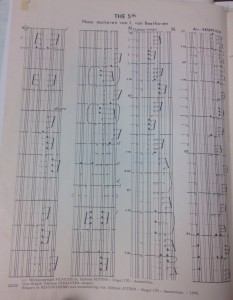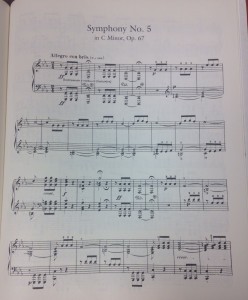A letter from
Jonathan Hiam
Curator, American Music Collection and
The Rodgers and Hammerstein
Archives of Recorded Sound
The New York Public Library for the Performing Arts
The John Cage Centennial is upon us. To celebrate Cage’s legacy, The New York Public Library will soon launch John Cage Unbound – A Living Archive, an online multimedia resource devoted to the life and work of America’s most influential composer. In partnership with the John Cage Trust and C.F. Peters, John Cage Unbound will feature select digital images of Cage’s music manuscripts, correspondence, programs, photographs, and ephemera drawn from the vast holdings of NYPL’s Music Division. The centerpiece of the project, however, will be a rich video archive of John Cage interpretation with a special emphasis on the preparation and performance of Cage’s work.
This is where you come in. NYPL hopes that you, your colleagues, students, and peers will contribute to the archive by uploading your own videos (which can be quite informal and short) of Cage performances to the site. The videos will be integrated into the archive for public access with the intent to document the variety of interpretive practices Cage’s work inspires and indeed demands.
For those of you who are leading or participating in coursework this Spring that may include John Cage, contributing to John Cage Unbound would be an ideal project. Any works by Cage are welcome and the staff of the NYPL Music Division are ready to offer you guidance if you need it, be it technical, logistical, or simply suggestions as to what works might be appropriate for you.
We do hope, however, that your videos will favor the process of creating the work over the performance. We believe such documentation will offer the public the greatest insight into the challenges and rewards that come with performing Cage’s music.
As you can see in the So Percussion sample video attached, the musicians’
narration provides this insight into their interpretation. The second video–a performance of 4’33” at the US-Mexico border–demonstrates how “simple” a video recording might be.
*So Percussion*
*Anta Project*
If you are interested in participating, please contact me at jonathanhiam@nypl.org
Jonathan Hiam
Curator, American Music Collection and
The Rodgers and Hammerstein
Archives of Recorded Sound
The New York Public Library for the Performing Arts
40 Lincoln Center Plaza
New York, NY 10023-7498
p (212) 870-1677
f (212) 870-1794











